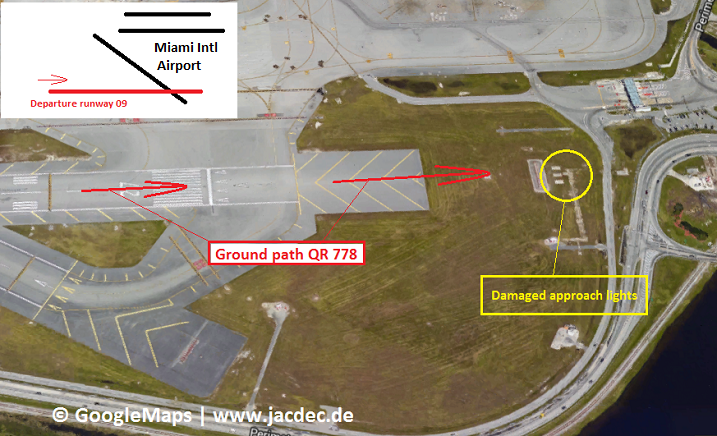

Each element in the geometry column is a multipolygon object which, as the name suggests, contains data specifying the vertices of one or more polygons that demark the border of a region. The most important column is geometry, which specifies the spatial geometry for each of the states and territories. mi_counties data where there is one row per polygon vertex). There are 9 distinct geographical units, so there are 9 rows in this tibble (cf. One advantage to sf data is immediately apparent, we can easily see the overall structure of the data: Australia is comprised of six states and some territories. This output shows some of the metadata associated with the data (discussed momentarily), and tells us that the data is essentially a tibble with 9 rows and 2 columns. This is illustrated in the right panel below.

To turn this scatterplot into a map, we use geom_polygon() instead, which draws each county as a distinct polygon. In this plot, each row in the data frame is plotted as a single point, producing a scatterplot that shows the corners of every county. To get a better sense of what the data contains, we can plot mi_counties using geom_point(), as shown in the left panel below. In this data set we have four variables: lat and long specify the latitude and longitude of a vertex (i.e. a corner of the polygon), id specifies the name of a region, and group provides a unique identifier for contiguous areas within a region (e.g. if a region consisted of multiple islands).


 0 kommentar(er)
0 kommentar(er)
